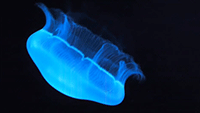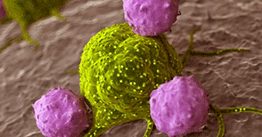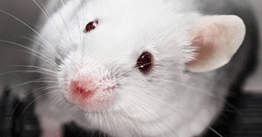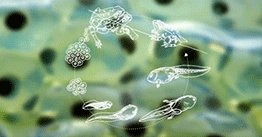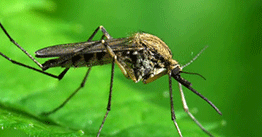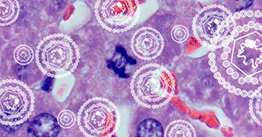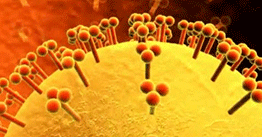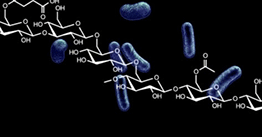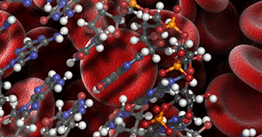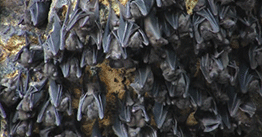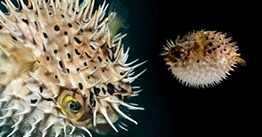The jellyfish protein that lit up a world of new discoveries
How did a humble jellyfish launch a life science research revolution? It all started when researchers including Osamu Shimomura, Martin Chalfie, and Roger Tsien developed methods to utilize green fluorescent protein (GFP) as a glowing biological reporter in living cells. First commercialized by Clontech Laboratories (now Takara Bio USA, Inc.), GFP has illuminated countless scientific explorations and shed light on many previously dark secrets of biology. That’s Good Science!



